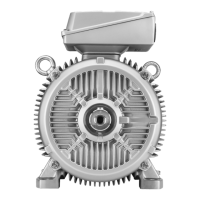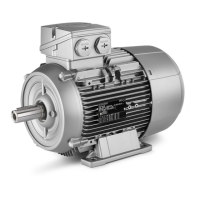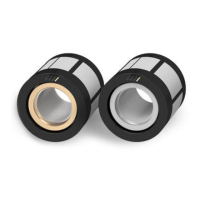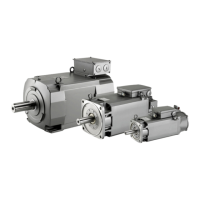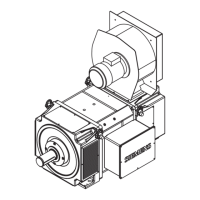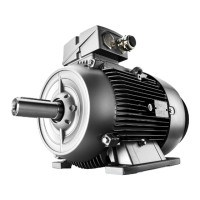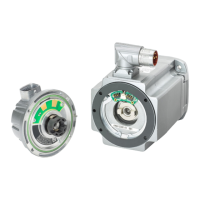Electrical connection
8.3 System integration
1FN3 linear motors
Configuration Manual, 10/2018, 6SN1197-0AB86-0BP2
499
Connection of circuit breaker
For the following configurations, you require a circuit breaker for each primary section:
● Several primary sections are connected in parallel to one Motor Module.
● The current-carrying capacity of the feeder cable cross-section is less than the current
load capability of the Motor Module.
Connect all of the primary sections to be connected in parallel to a Motor Module via a circuit
breaker.
● Connect phases U, V, W of the primary section in question to the corresponding terminals
of the associated circuit breaker:
U - L1
V - L2
W - L3
● Connect phases U, V, W of the Motor Module to the circuit breaker terminals:
U - T1
V - T2
W - T3
● Connect the auxiliary NO contacts of the circuit breaker in series.
● Connect the auxiliary NO contacts to an input on the CU/NCU.
● Connect the auxiliary NO contact to an external drive fault of the drive using BICO
technology. This means that when a circuit breaker trips, the complete drive is shut down
(OFF2).
● You can also evaluate the auxiliary NO contact of the circuit breaker using the PLC.
● Adjust the circuit breaker to the rated current of the motor feeder cables +10%.
Avoiding false circuit breaker tripping
At the following link you can find information in the Internet on the topic of "Influence of high-
frequency currents on thermal overload trips of circuit breakers (3RV, 3VU) and overload
relays (3RU, 3UA)" and "Additional effects that can result in false trips".
FAQ entry ID: 24153083
http://support.automation.siemens.com/WW/llisapi.dll?func=cslib.csinfo&objid=24153083&no
deid0=20358027&caller=view&lang=de&extranet=standard&viewreg=WW&u=NDAwMDAxN
wAA&siteID=cseus

